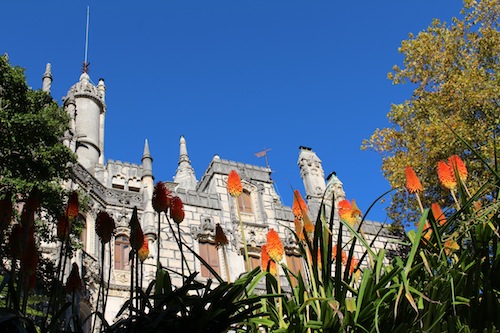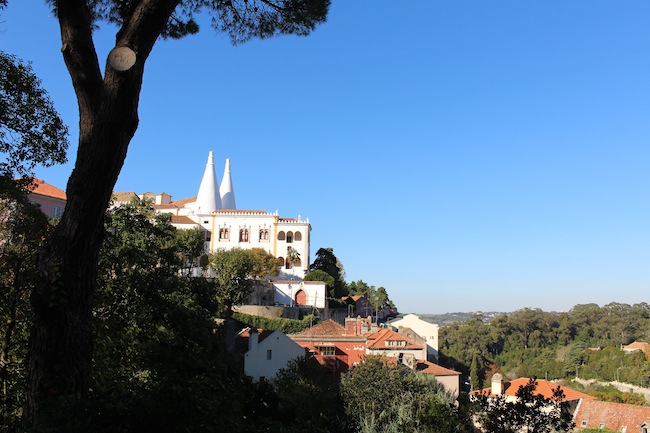There’s so much gorgeousness in a few square kilometers around Sintra in Portugal – it’s almost embarrassing, so on Geoff’s birthday we set out to revel in it all – how Romantic!
The Romanticism movement is actually the key to all the loveliness around the area – starting with Pena Palace, the summer retreat for the royal family during the 18th and 19th centuries and is still used for state occasions to this day.
Pena started out more humbly though – as a small chapel on the hill, which became a place of pilgrimage for kings and monks alike for decades. Despite the massive damage done to the surrounding area during the infamous Lisbon earthquake of 1755, the chapel remained intact.
More decades rolled by until the young, idealists prince Ferdinand took it upon himself to transform the chapel, its hillside and the surrounding estates into the summer palace for the royal family.
The romantic styling was left, naturally, in the hands of German mining engineer Wilhelm Ludwig von Eschwege – hard to believe, but true! He was considered to be just an amateur architect. Perhaps his engineering blood is what ensured the attention to detail was so exact…. But that engineer had a poet’s heart for sure to be able to merge neo-gothic with neo-islamic, alongside neo-renaissance and neo-manueline and wrap it all around the remains of the original chapel.
Today, it is a place of pilgrimage for millions of admirers and romantics, who can marvel at the foresight of Ferdinand and the skill of the amateur Wilhelm.

























































































